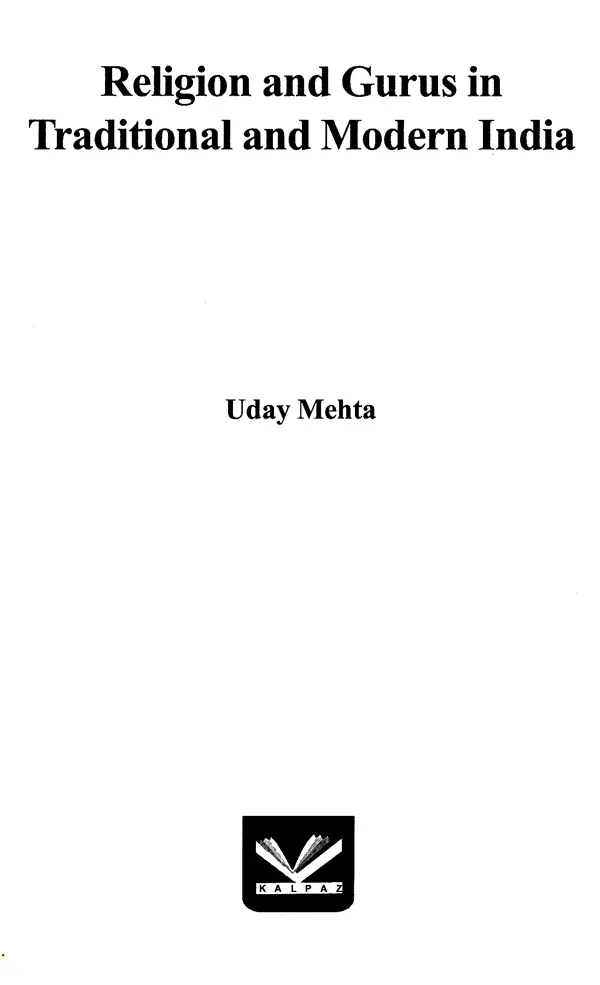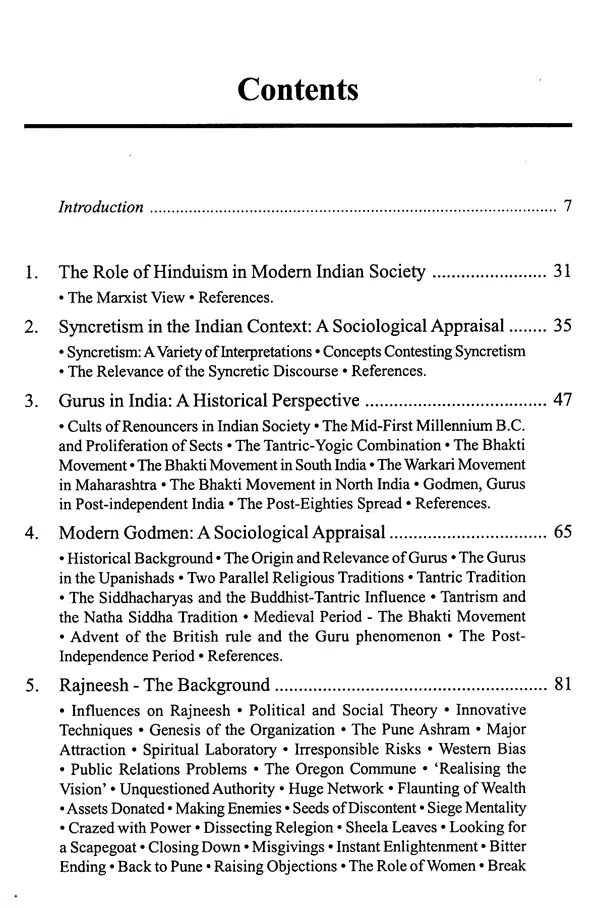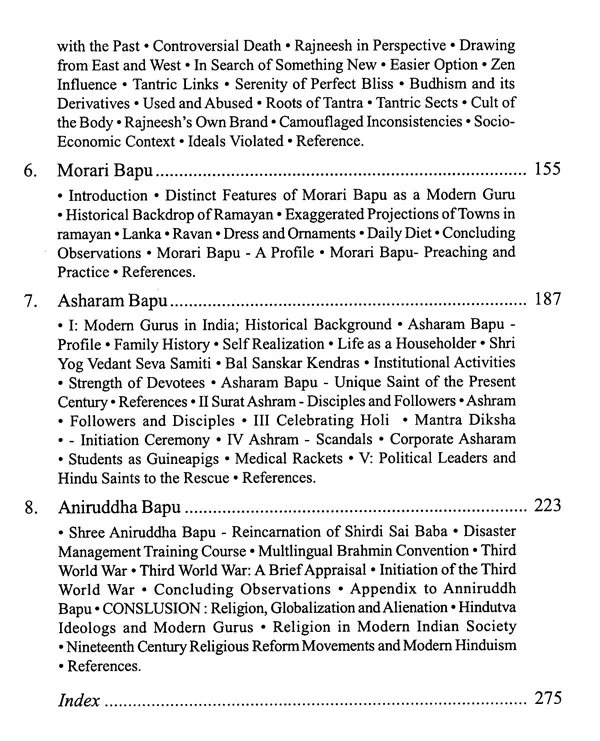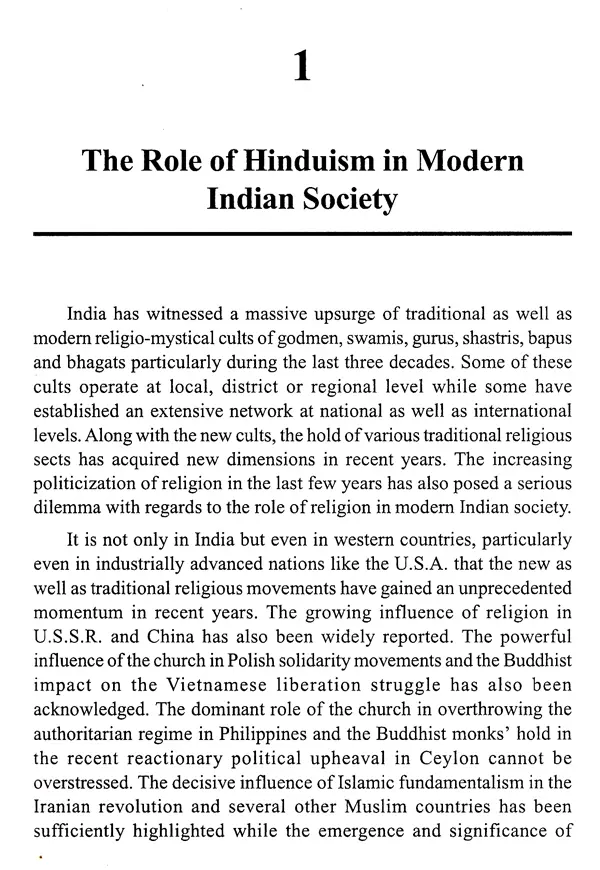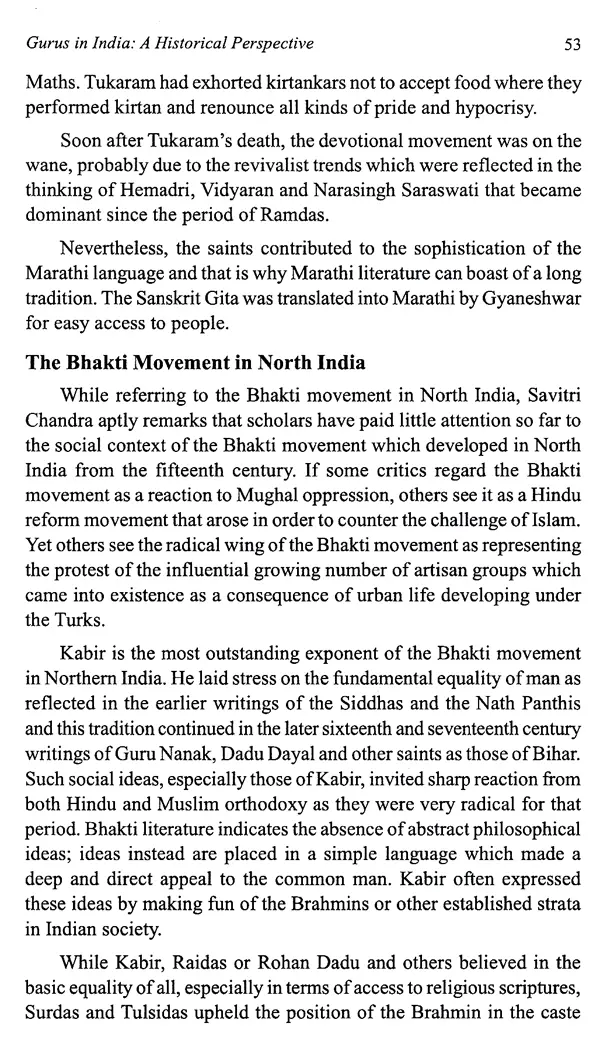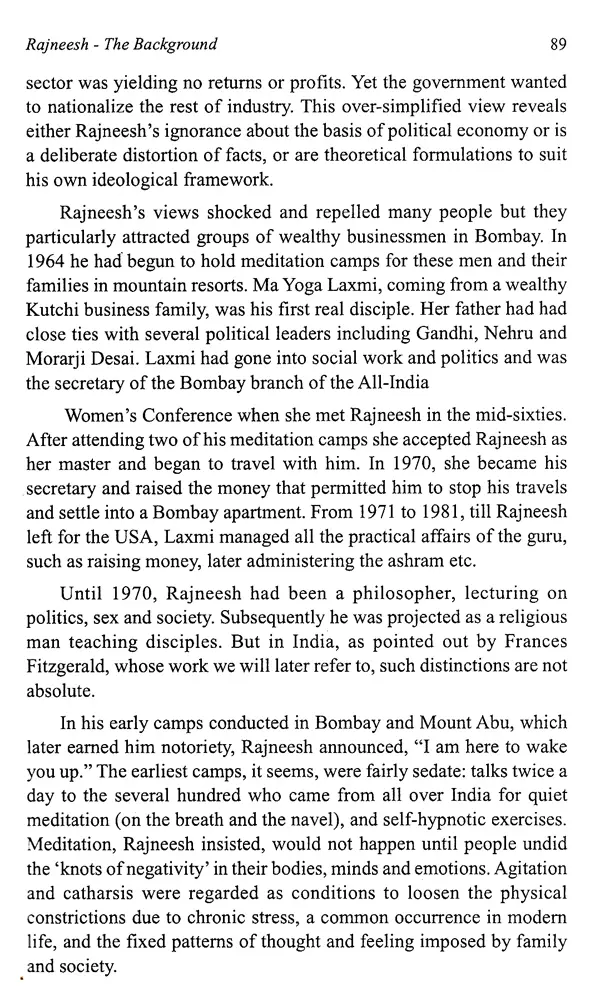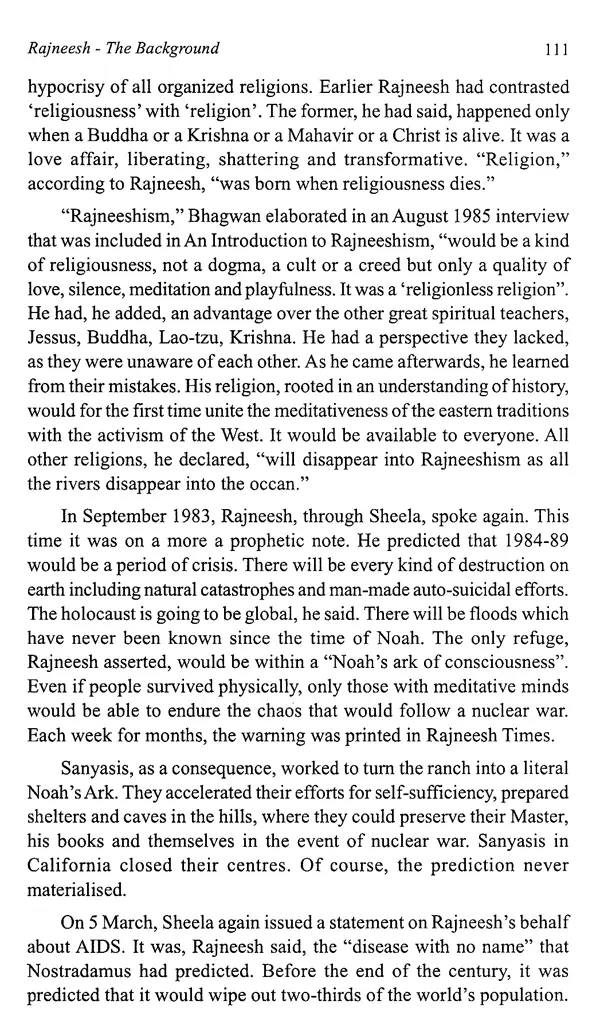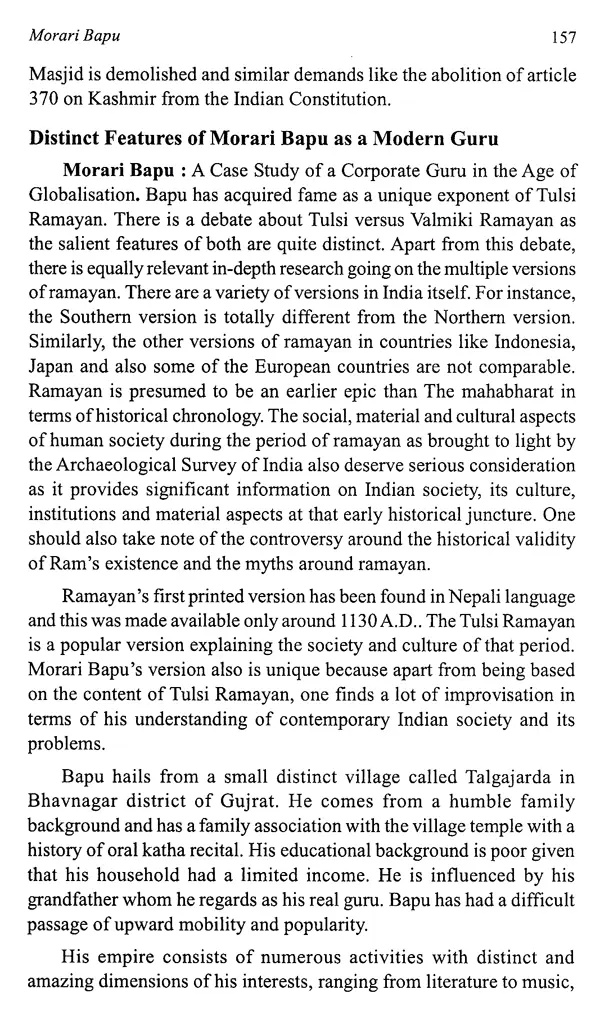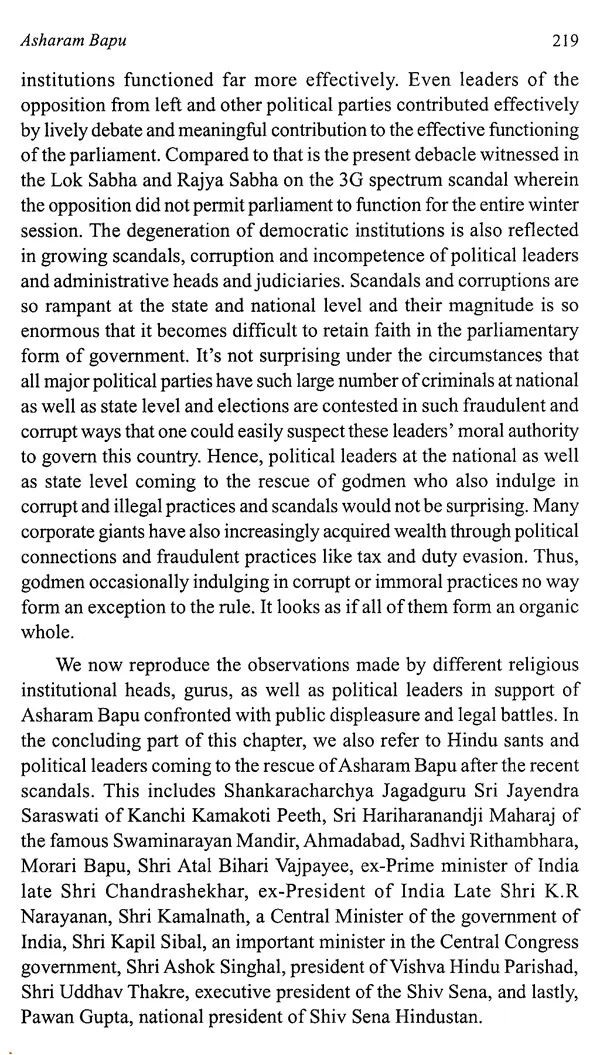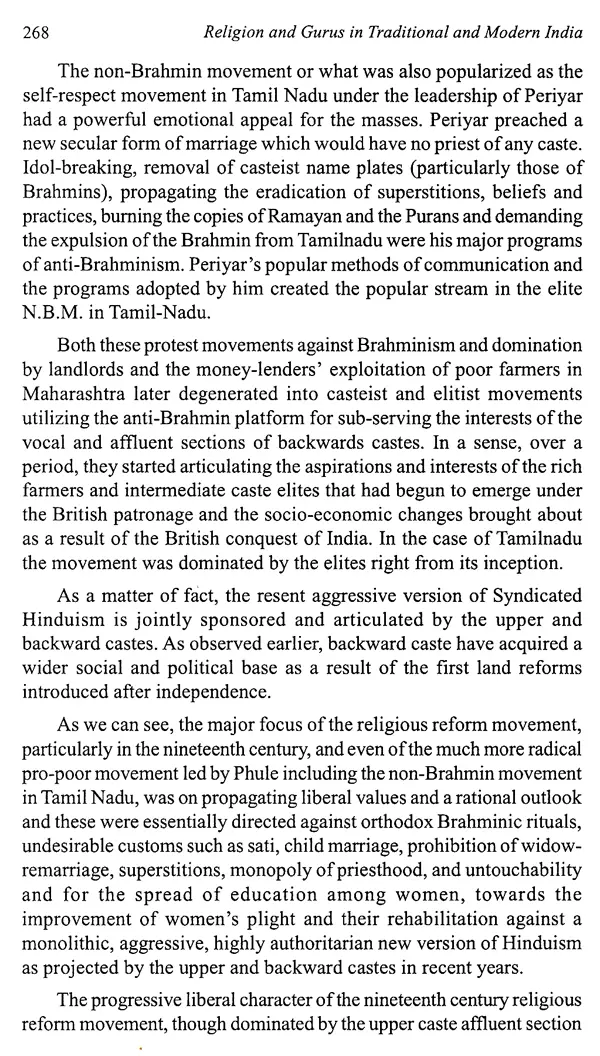
Religion and Gurus in Traditional and Modern India
Book Specification
| Item Code: | UAM845 |
| Author: | Uday Mehta |
| Publisher: | Kalpaz Publications |
| Language: | English |
| Edition: | 2018 |
| ISBN: | 9789351282808 |
| Pages: | 291 |
| Cover: | HARDCOVER |
| Other Details | 8.90 X 5.90 inch |
| Weight | 510 gm |
Book Description
It is unfortunate that under the influence of western and particularly established branch of American sociology, with its exclusive focus on the structural functional approach for a long time historical and analytical studies have almost withered away from Indian sociology. Ours is a humble attempt in this direction to revive this earlier thrust of enquiry in sociological appraisals. In this book we have attempted to look at the present and historical context. With the rise of communal forces in the post 1980s, it was difficult to ignore the socioeconomic and political situation.
The present volume consists of eight essays. The first four essays deal with the role of Hinduism in modern Indian society and syncretism in the Indian context. The other two articles are on gurus in India. The other four essays are focused on the four leading godmen of western India. These four essays are based on our findings based on field investigation conducted mostly during the years and in 2010. Our study on Rajneesh was done much earlier during the late 1980s.
Unfortunately we find that the historical thrust that was evident in understanding the sociology of religion, evident in the works of the late Profs. Mukherjee and Ghurye, the late D.P. Mukherjee, and late Drs. K. M. Kapadia and A. R. Desai is completely lost under the influence of western and particularly established branch of American sociology, with its exclusive focus on the structural-functional approach for a long time. As a result, historical and analytical studies have almost withered away from Indian sociology.
Ours is a humble attempt in this direction to revive this earlier thrust of enquiry in sociological appraisals.
In this book we have attempted to look at the present and historical context. With the rise of communal forces in the post 1980s, it was difficult to ignore the socio-economic and political situation. The rise of political parties like the BJP and Shiv Sena and their increasing foothold in all spheres of life compelled me to understand and examine religion and its manifestations in Indian society. Post 1980s one sees consolidation and strengthening of the hold of communal forces in many parts of the country, the extent of which can be examined by the self-imposed curfews that were witnessed during the broadcast of Ramayana and Mahabharat serials on national television. The sentiments were further propelled by Ramjanmabhoomi yatra initiated and popularised by the B.J.P. and its affiliated organizations, as Sant Sammelan, Bajrang Dal, Vishwa Hindu Parishad with the active connivance of the R.S.S. It found over whelming response and its influence could be seen extensively in both urban as well as rural areas. In some of the northern states like Uttar Pradesh and even in Gujarat there was unprecedented communal tension finding manifestation also in a series of communal disturbance in these as well as other states. Mumbai which is otherwise known for its cosmopolitan outlook and communal harmony witnessed such communal tension, culminating in a major communal riot in 1992, which resulted into a polarization of communities never witnessed earlier.
This extensive mass support for the Ramjanmbhoomi Yatra and the B.J.P. also emerged from other socio-economic factors. As a result of the agrarian reforms initiated since independence, such as the zamindari abolition, land ceiling, tenancy reforms and other developmental measures, the other backward classes (OBCs) were acquiring a much stronger economic, social as well as political base in rural India. This campaign for the Ramjanmabhoomi yatra provided them a fresh opportunity to consolidate their base and extend their political influence in rural as well as urban areas. Some got opportunities also to consolidate their financial base from the support they acquired as a result of the state policy of building up a self-sustaining and independent economic growth. It also made possible financial support from the state for the Indian entrepreneur class by promotion of their industrial base with launching of extensive small and medium industrial projects in many parts of the country. This rising strata of OBCs found a golden opportunity by joining the bandwagon of communal forces to gain a political hold in rural as well as urban India.
**Contents and Sample Pages**
